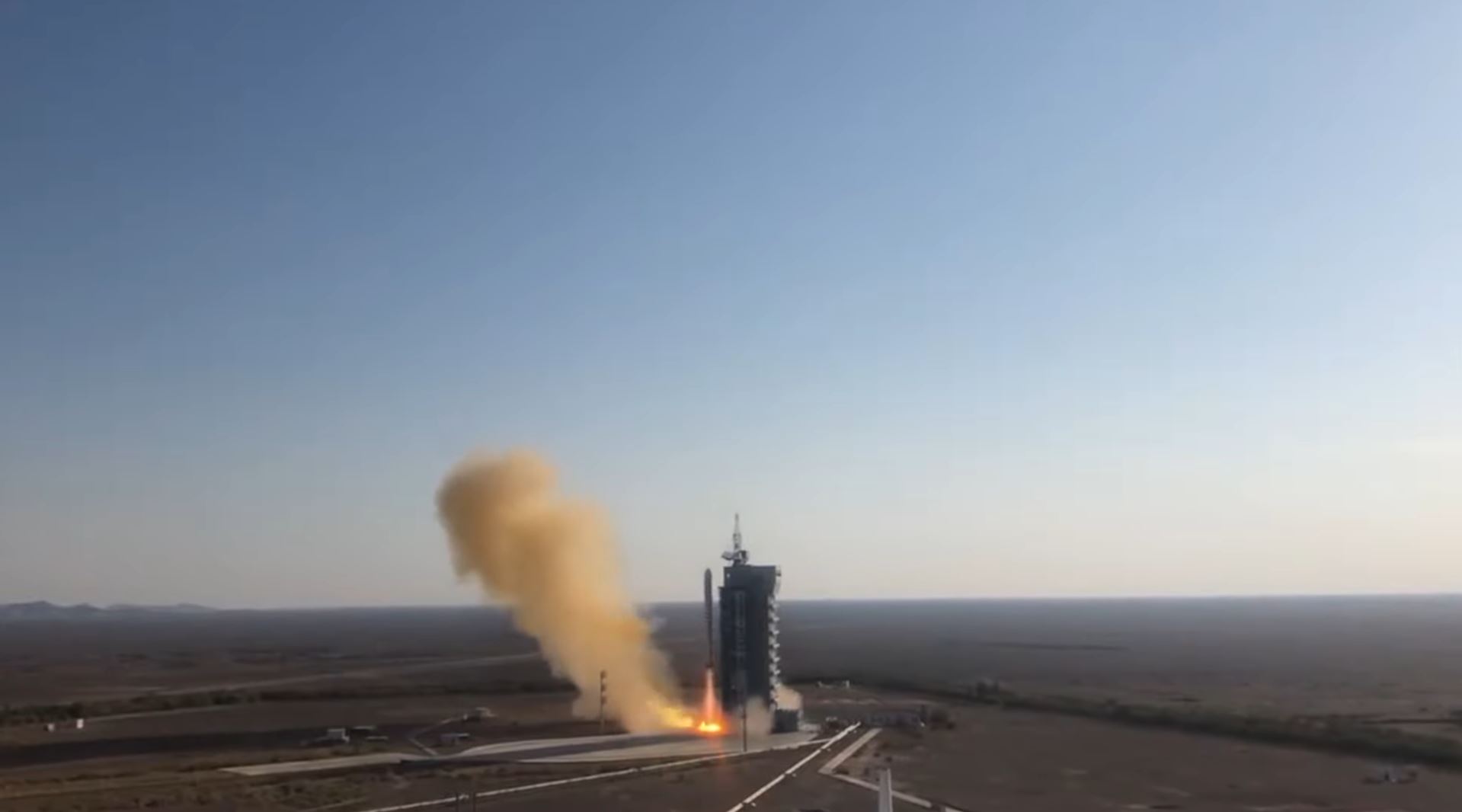China makes progress in reusability with secretive second flight of suborbital spaceplane

HELSINKI — China has performed its first repeated use of a suborbital spaceplane as part of efforts to develop a fully reusable space transportation system.
The suborbital vehicle launched vertically from the Jiuquan Satellite Launch Center in the Gobi Desert on Friday, Aug. 26 Beijing time (Aug. 25 Eastern), according to CASC, China’s main space contractor.
The suborbital spaceplane later landed at Alxa Right Banner airport in Inner Mongolia. The short statement provided neither images of the craft nor information such as time, duration or apogee of the launch.
The launch occurred while an orbital spaceplane—launched Aug. 4 and an apparent part of a planned two-vehicle reusable system—continues to orbit the Earth.
The clandestine mission marks the second flight for the suborbital spaceplane, which was developed by the China Academy of Launch Vehicle Technology (CALT), a major CASC subsidiary.
CASC’s statement declared the complete success of the flight test, and represents a leap in the development of China’s space transportation technology from single-use to reusable.
The first flight took place in July 2021, also launching vertically from Jiuquan and landing horizontally at Alxa Right Banner. CASC stated last year that the vehicle uses integrated aviation and space technologies.
The second flight followed 13 months later, after what CASC describes as inspection and maintenance.
Meanwhile CALT’s orbital spaceplane launched from Jiuquan Aug. 4 remains in orbit on its second mission. The suborbital and orbital spaceplanes could be combined to create a fully-reusable space transportation system.
The orbital vehicle could land Aug. 27, according to Orbital Focus, when the spacecraft’s ground track takes it over the Lop Nur airstrip in Xinjiang, the location of its landing after its first mission in 2020.
The CASC spaceplane project was apparently unveiled in 2017 when senior CALT official Chen Hongbo told Science and Technology Daily (Chinese) that an under-development reusable spacecraft would be tested in 2020 and ultimately be capable of carrying both crew and payloads.
A once-every-five-year space “white paper” released by the State Council Information Office in January stated that “successful demonstration flight tests on reusable launch vehicles have been carried out,” and that China would, “continue to strengthen research into key technologies for reusable space transport systems, and conduct test flights accordingly.”
Such projects face large technological and other challenges, Bleddyn Bowen of the University of Leicester told SpaceNews ahead of the second orbital spaceplane launch earlier this month.
“Spaceplanes and reusable orbital vehicles have come and gone, and come back again. There can be some marginal and varied uses for them but they are extremely expensive compared to conventional rockets because the stresses of atmospheric re-entry wreaks havoc on the materials and structures,” Bowen said.
“The Chinese development of spaceplane technology will be remarkable if they manage to overcome the problems Dyna-Soar and the Space Shuttle faced, and the challenges SpaceX’s Starship is now facing as well.”
Other reusable spacecraft or spaceplane projects are under consideration in China. The China Aerospace Science and Industry Corp. (CASIC) is working on its own spaceplane, named Tengyun, while commercial firm Space Transportation last year raised more than $46.3 million for its hypersonic spaceplane plans.
A number of Chinese rocket companies have also created presentations including small spaceplanes launching atop concepts for liquid rockets.
Related
ncG1vNJzZmiroJawprrEsKpnm5%2BifKS0yKeYZqWRoLK0ec%2BrpqCqlajAbrXNZqmeraOWr6q4yK2wZq%2BZqbVuv8ScqZ6smauybr%2FEnKannF2buaqzx61kqJ5dqMKju9GboK2ZnGLAsa3CnqelmZ6afA%3D%3D